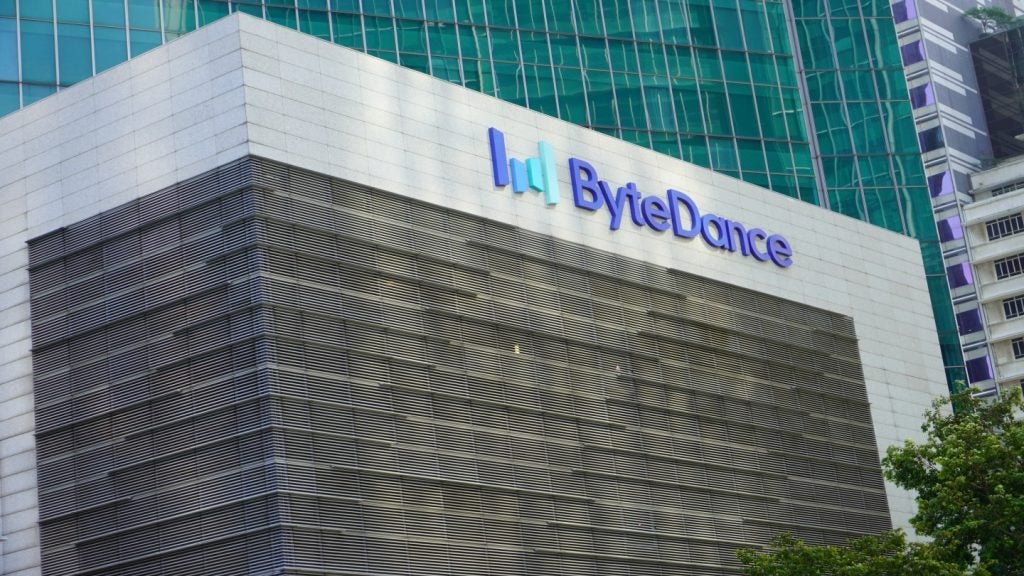
Germany’s ThyssenKrupp and India’s Tata Steel will merge their European operations to create the continent’s second-biggest steel producer, after ArcelorMittal.
The timing of the deal is important, given the instability of steel prices.
When the steel price was high in 2007, Tata Steel paid a large sum of £6.7bn to buy Corus, together with its Port Talbot steel works.
However, the European steel market has changed dramatically since then.
Profitability per tonne among Europe’s steelmakers plunged from a peak of €215 in earnings before interest, tax, depreciation and amortisation in the third quarter of 2008, to just €46 per tonne in the first quarter of 2016.
How significant is the merger in relation to steel prices?
The collapse of the steel price was driven first and foremost by cheap imports from China.
How well do you really know your competitors?
Access the most comprehensive Company Profiles on the market, powered by GlobalData. Save hours of research. Gain competitive edge.

Thank you!
Your download email will arrive shortly
Not ready to buy yet? Download a free sample
We are confident about the unique quality of our Company Profiles. However, we want you to make the most beneficial decision for your business, so we offer a free sample that you can download by submitting the below form
By GlobalDataBen Orhan, a senior economist IHS Markit told Verdict:
In relation to the steel price, the deal won’t do very much. China has been the price setter for the last decade and will continue to be. The combined Tata Steel ThyssenKrupp group will have capacity of 20m tonnes [of steel] a year or so, which compared to the global capacity pool of 1.5bn tonnes a year, is still fairly small in the grand scheme of things.
Despite not having much of an impact on global steel prices, Orhan believes that the tie-up could shore up the European steel market.
The European steel market certainly hasn’t rebounded from the crash in 2008, and the region has had to deal with significant overcapacity. This merger will go some way towards helping European steel output balance in a more effective way with demand.
Paul Butterworth, a research manager at CRU Group specialising in the steel market, agrees that there won’t be any immediate impact on prices.
However, he believes that automakers could be forced to reconfigure their supply chains as a result of the merger.
“Automakers will seek to reconfigure supply chains to include new sources in their established top suppliers set. In fact, they could begin that process now, in advance of the full merger taking place, in order to mitigate any possible effects.”
A restoration of investor confidence?
At the height of the steel crisis in March 2016, Tata announced plans to pull out of all their operations in Britain, where the company was losing as much as £1m a day.
For Tata Steel, the agreement with ThyssenKrupp reassures investors that despite heavy losses in the past, it will retain its UK business.
Koushik Chatterjee, Tata Steel’s executive director, added that the tie-up would enable a “significant deleveraging” of Tata Steel’s balance sheet.
For ThyssenKrupp, the agreement is an opportunity for the company to separate its volatile steel producing business from its more lucrative capital goods business.
Investors are likely to view this model more favorably.
Shares in Thyssenkrupp jumped more than 5 percent on Wednesday, while Tata Steel shares gained 1 percent.
Both companies expect to make annual cost savings of between €400m and €600m by combining their sales and administrative functions, research and development, and procurement and logistics.
Heinrich Hiesinger, ThyssenKrupp’s chief executive, said the merger would be mutually beneficial:
We will not be putting any measures into effect in the joint venture that we would not have had to adopt on our own. On the contrary, by combining our steel activities, the burdens for each partner are lower than they would have been on a standalone basis.
The joint venture, headquartered in Amsterdam, is expected to employ a workforce of about 48,000 across 34 locations.
However, the two partners expect the move will result in about 4,000 job losses.
The joint venture agreement will be finalised by the end of 2018.







